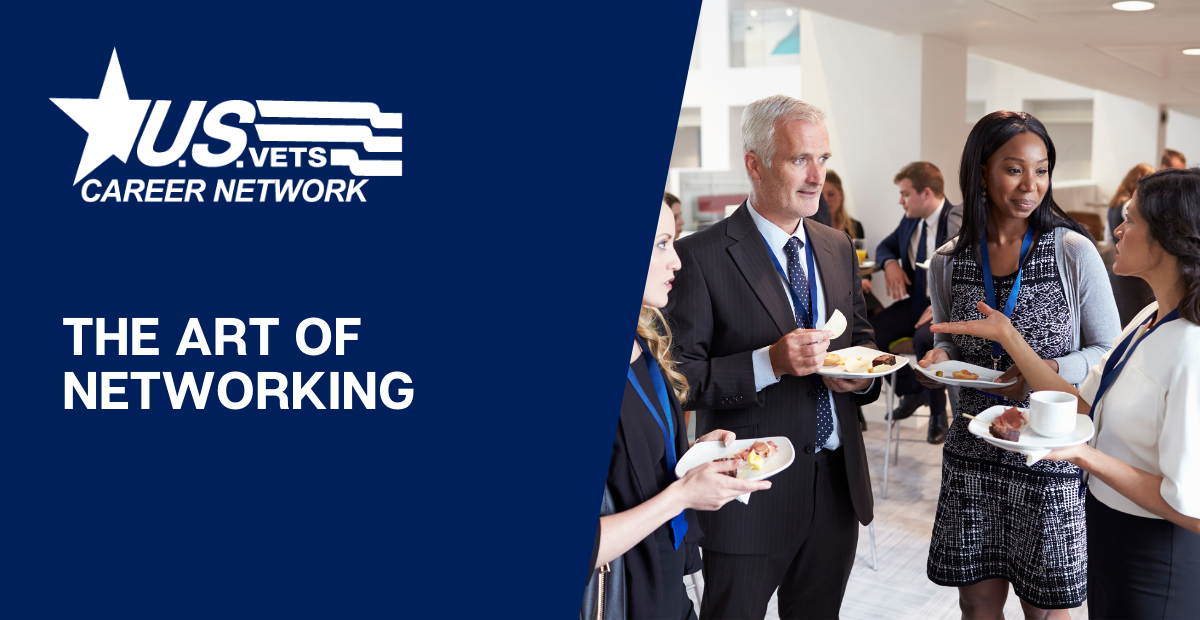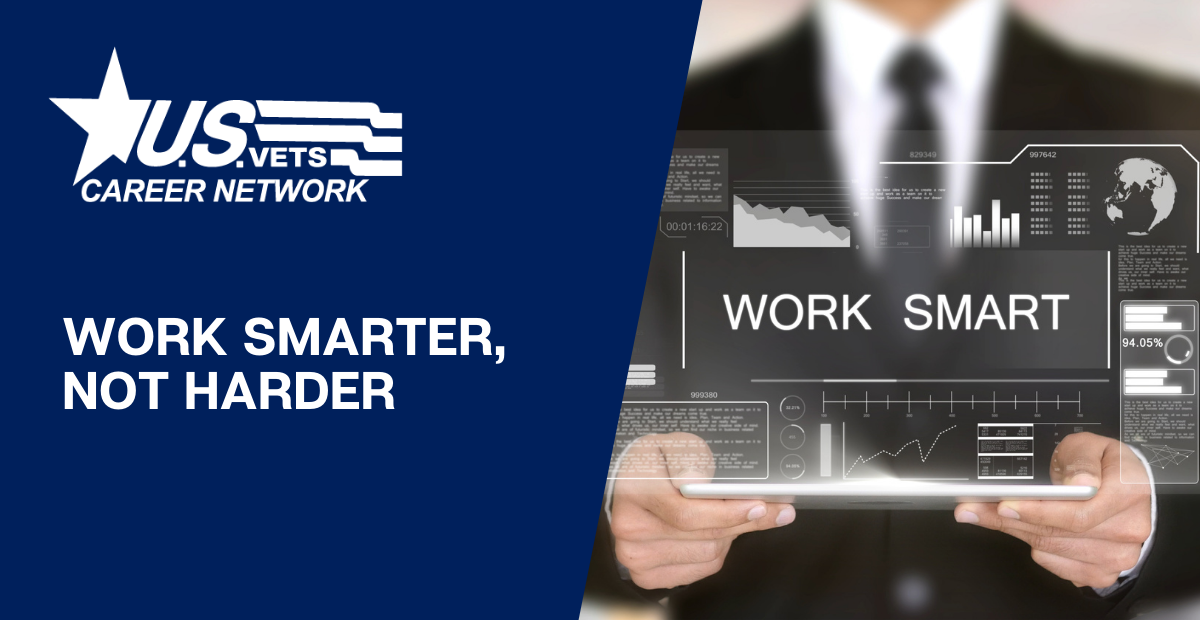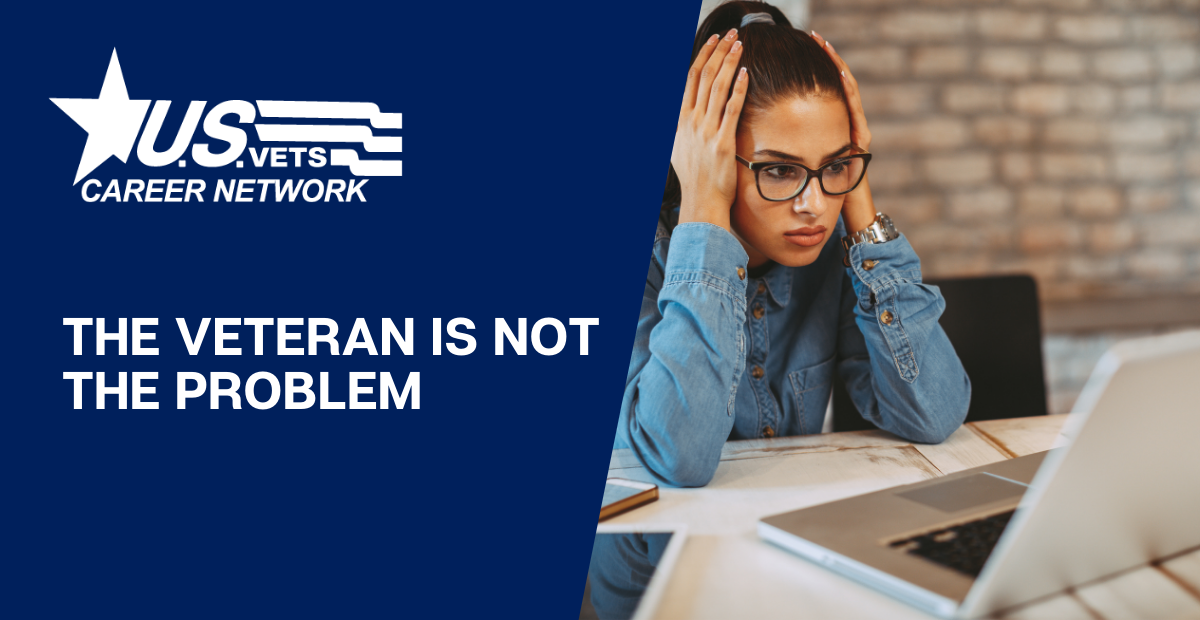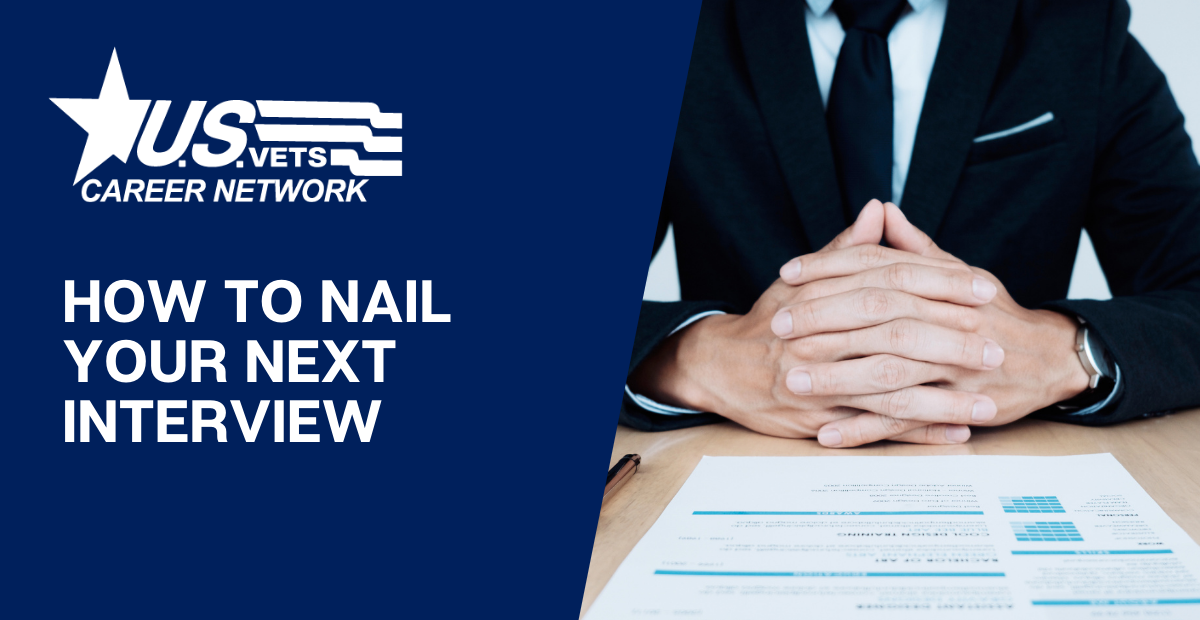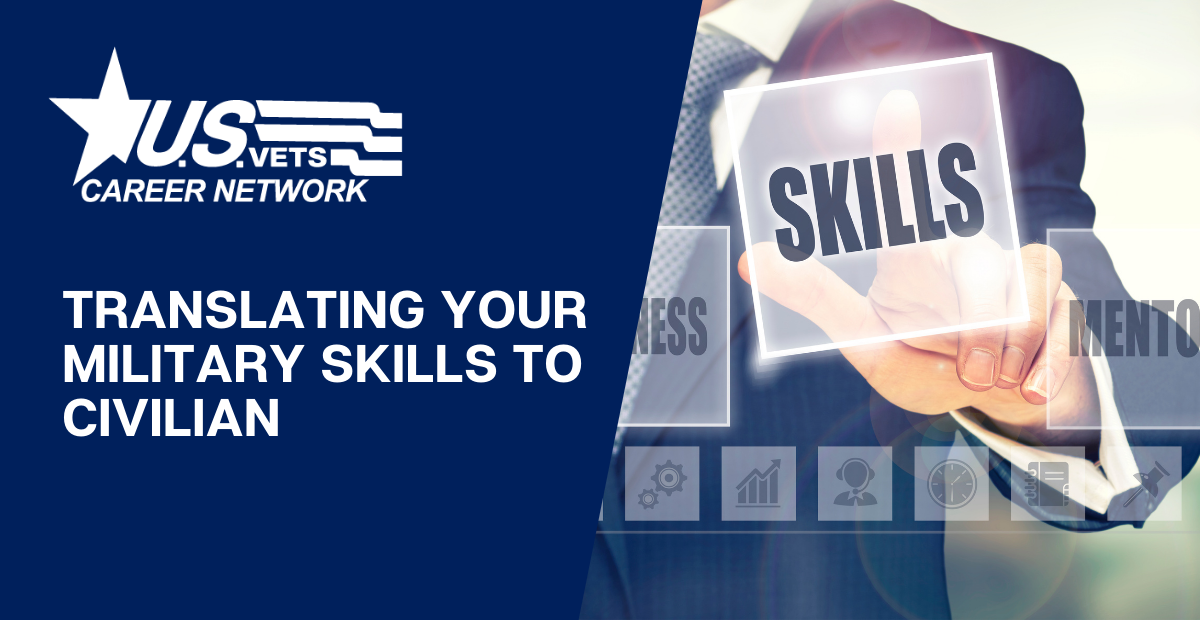When I first started my position as a Business Development Associate, I was a recent University of Southern California graduate and did not have much work experience outside of the internships and positions I held on-campus during my undergraduate career.
In addition to adjusting myself to the working culture from previously being a full-time student, I was also attempting to navigate the art of networking in a new state where I had no family, a limited number of friends, and few professional resources.
Through trial and error, I learned the intimate details of what works (and doesn’t work) when you approach networking in your industry.
I notice that today, our veteran clients are going through the same challenges I went through, but now I have the tools to assist them and the opportunity to share the knowledge I have gained in my transition into the workforce!
This ultimately led me to start my own curriculum called Classroom to Careers. In this series, I provide workshops, networking mixers, and tips on how to successfully transition from being a student to a full-time employee.
Among many different skills you must acquire to successfully transition from higher education to the workforce, the art of networking is the greatest of them all!
80% of people get a job opportunity though someone they know, and about 50% of every company’s total hires are internal referrals!
On those numbers alone, you should see the value in flexing your networking muscles. Whether a professional in your field, a current student, or a transitioning Veteran, everyone can benefit from the below roadmap to networking success.
Here are my tips on how to develop a networking strategy when conducting a job search.
1. Do Your Research
While some things do happen by coincidence, other things happen by hard work and preparation. One of the best ways to prepare yourself to meet an employer is by not only researching the employer, but also different industry specific events that are happening in your area through LinkedIn, Facebook, or Eventbrite. Conducting research will ultimately allow you to position yourself to meet employers and impress them with the you information you know about the company.
2. Create a List
Once you identify an event with employers you are interested in connecting with, be sure to create a list of the employers you want to connect with at an event. This will allow you to attend the event with purpose and be focused on your networking goals.
3. Practice Your Elevator Pitch
Imagine being in the elevator with the employer of your dreams, but you only have 30 seconds until the individual gets off on their floor, to tell them about yourself and why you would like to work for their company. This analogy is exactly what an elevator pitch is! To write an effective elevator pitch, think about and write down:Who you are, what you do, and how your skill set will add value to a particular company or industry. Your elevator pitch will ultimately allow you to start conversations with employers and make the most of your time with them.
4. Tailor Your Resume to Each Employer
Once you have researched the companies you are interested in connecting with at an event, tailor each of your resumes to a specific job or department you are interested in applying for. You can do this by going online to company websites, searching current openings, and identifying keywords or technical skills desired in the job description. The information in the job posting can serve as your blueprint for projects, skills, or positions you want to highlight in your resume. Tailoring your resume to specific employers will also allow the recruiter to draw a correlation between the skills you offer and how you can bring value to their company.
5. Collect Business Cards
When you go to networking meetings, ensure that you not only collect business cards from employers you are interested in connecting with, but bring your own business card. This will provide you with a way to connect with recruiters, even if they forget to follow-up with you.
6. Follow-Up
The most important thing about effective networking is follow-up! After meeting a new contact, be sure to send a follow-up email to the individual 24-48 hours within your initial introduction. This email can consist of reminding the individual who you are, referencing what conversation you had with them (see tip #6 for more information), and asking to schedule a follow-up call to discuss next steps on potentially learning more about what they do or opportunities within the company. I also suggest attaching a copy of your resume if it is appropriate.
7. Create Follow-up Plan
I was at a women’s networking event and a speaker by the name of Kimberly Rolfe said, “Never forget a contact and never let a contact forget you.” Yet, oftentimes people that attend professional networking events get frustrated because they expect to meet an employer, exchange business cards, drop off their resume and then instantly get a job. This simply does not happen, and follow up is rare, both on the employer and on the participant. So be proactive! I would suggest creating a strategic follow-up plan with each contact or employer you meet at event. You can do this by creating an excel spread sheet listing the name, date and location of the individual you met. You also can write down footnotes regarding the conversation you had with the employer and schedule a time to reconnect with them. This spread sheet will ultimately provide you with the tool you need to send an effective follow-up email after the event, and stay in contact with employer’s months later with information that will impress them.
Those are my tips to be a networking all-star!
Chanise

